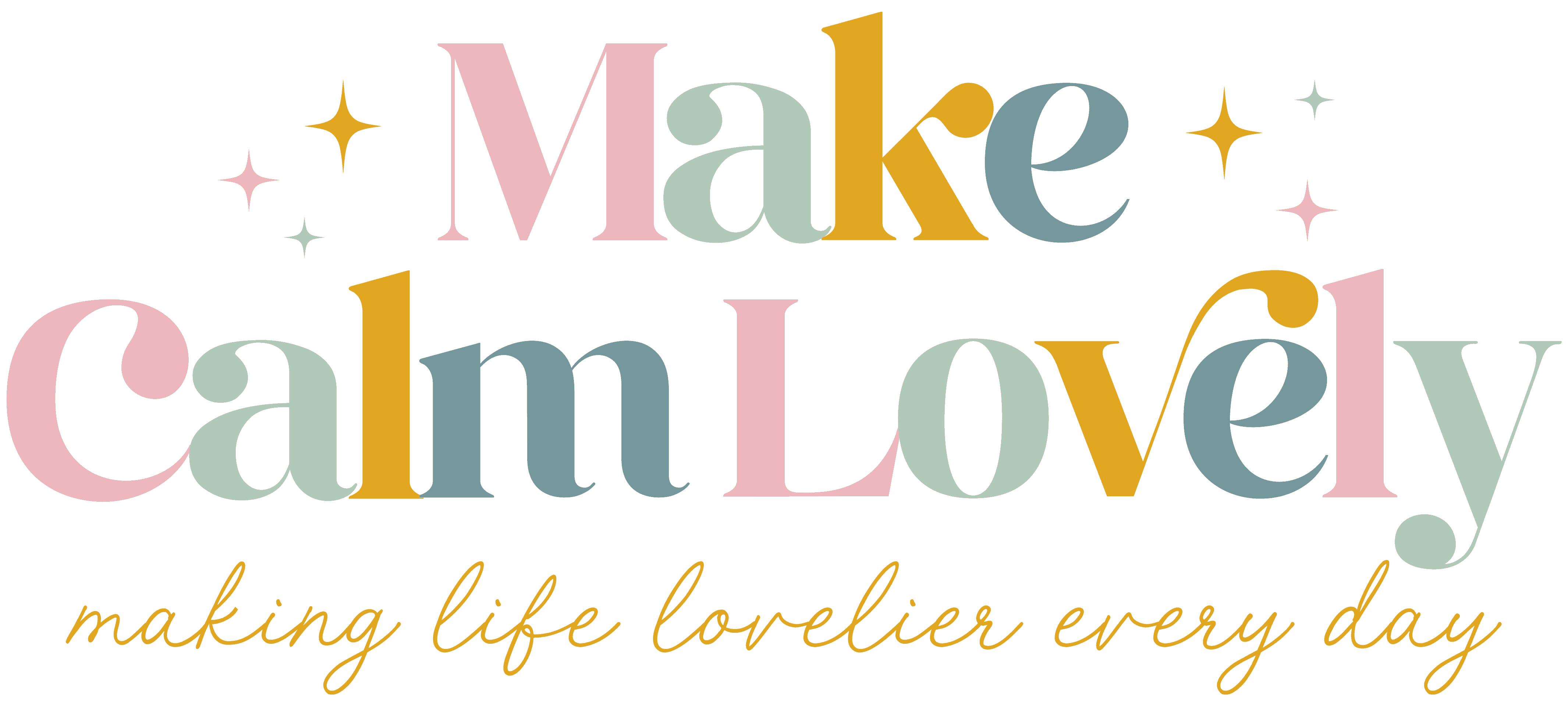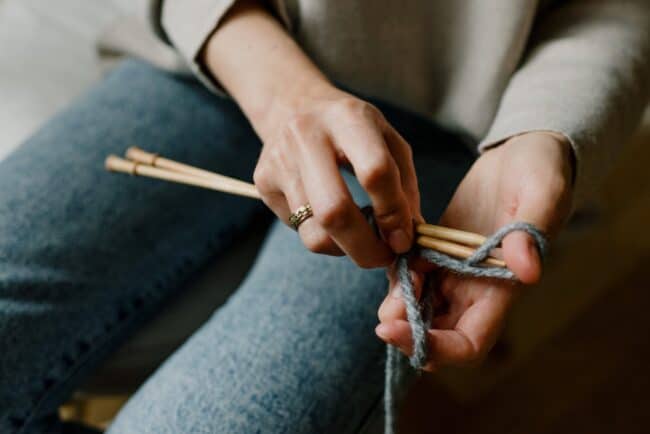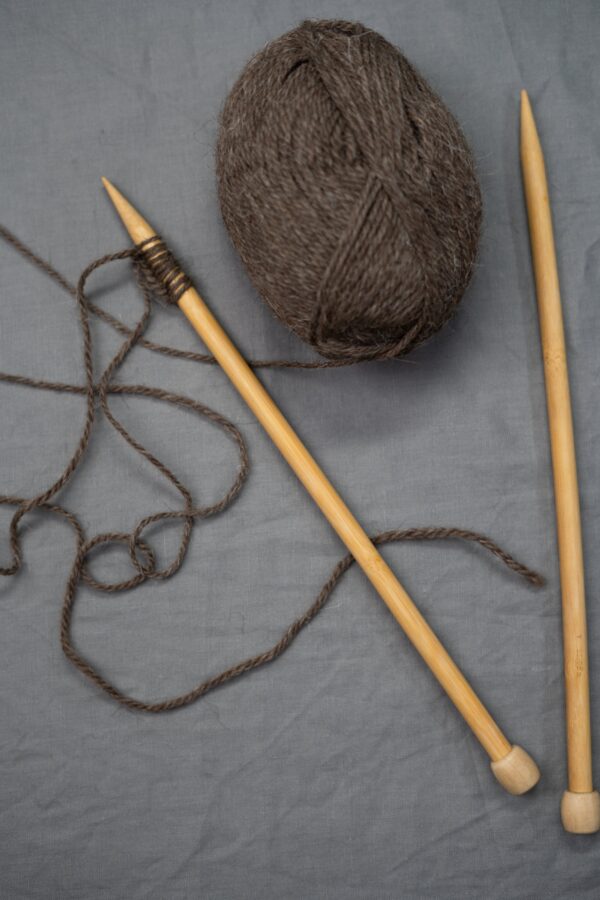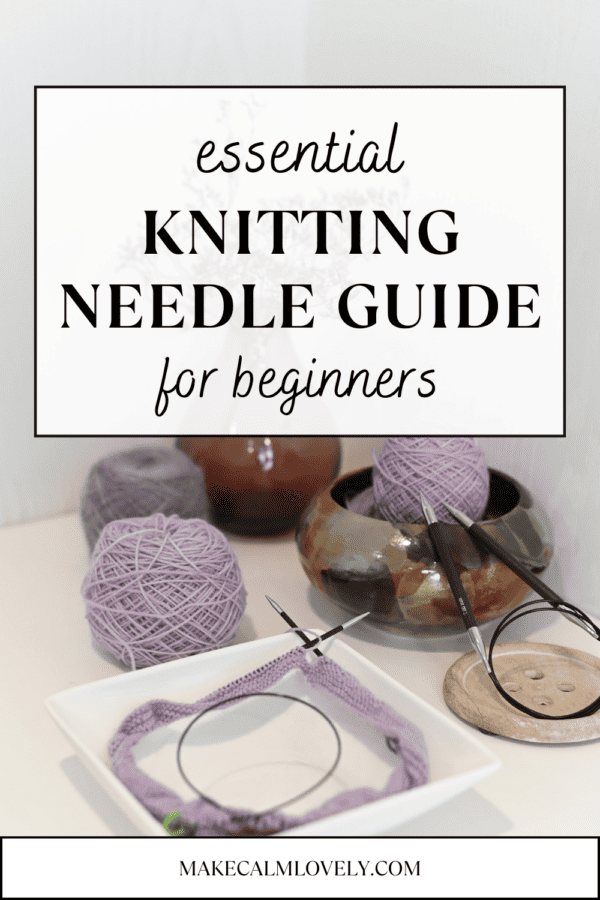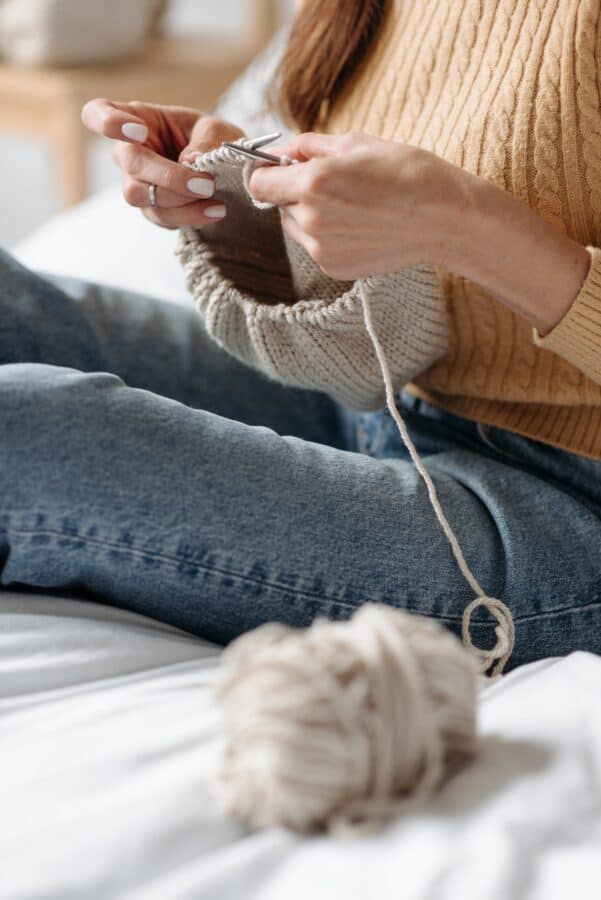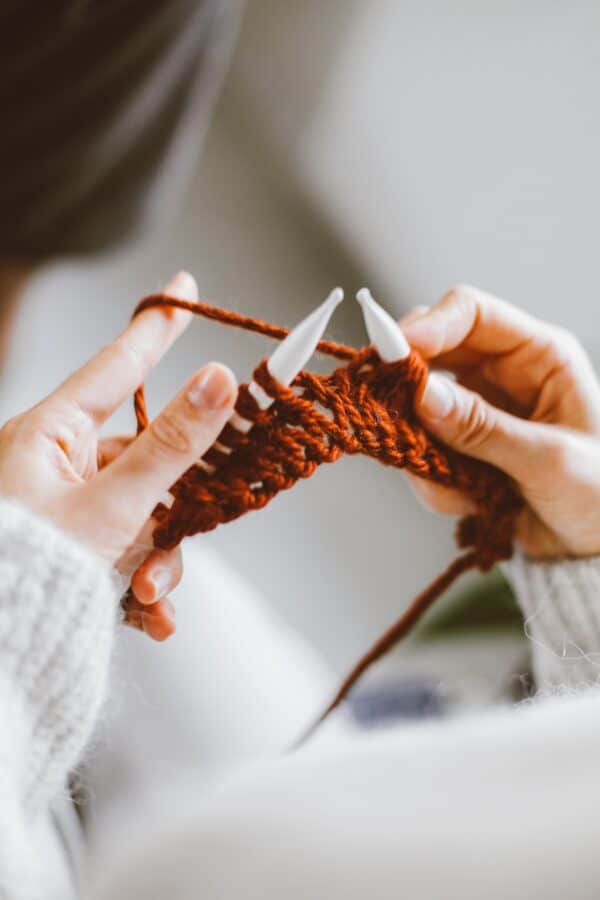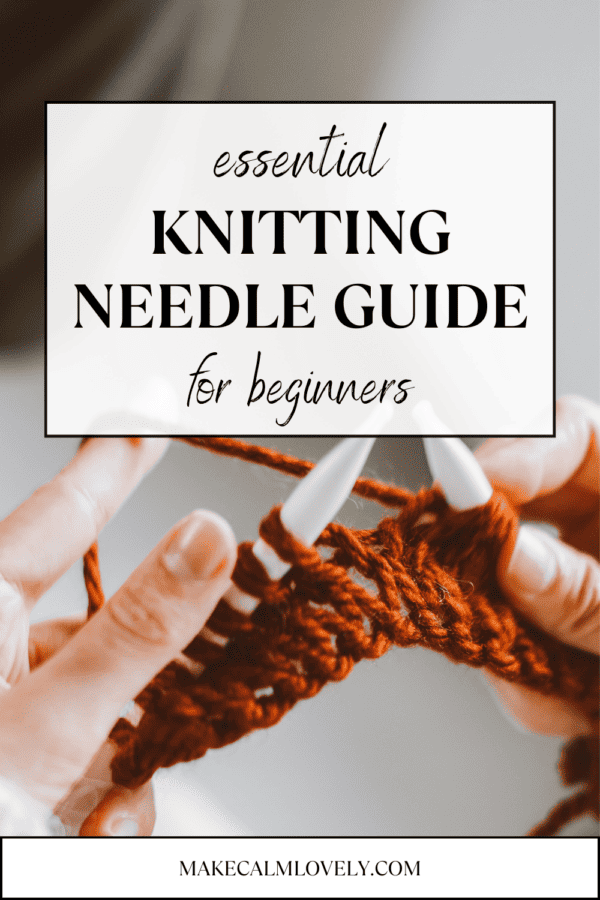Essential Knitting Needle Guide for Beginner Knitters
Find out all you need to know about the world of knitting needles, especially if you are a beginner knitter!
When you are first starting out and learning to knit, the range of knitting needles that are available can be quite confusing and daunting.
There are many different kinds of knitting needles – not just in different sizes and lengths. Needles can also be made out of all different materials – including metal, wood, bamboo, plastic and more!
So how do you know if you should choose a wooden knitting needle, or a metal one? What is the difference between a plastic needle and a bamboo needle? Which needles are the easiest to work with, or the best to work with for a certain project?
Read on for everything you need to know about selecting and using knitting needles as a beginner knitter! Especially if you are keen to get started on a great knitting project!
This post contains affiliate links. This means that if you click on a link in this post and make a purchase via that link I may receive a small commission, at absolutely no additional cost to you.
What is the Best Knitting Needle for Beginners?
There are many different factors that go into deciding which particular knitting needle is the best for beginners.
These include the material that the needle is made of, the type of needle, length of needle, size of needle, and so much more.
Below I have broken down the best knitting needles for beginners based on all these different factors.
What is the Best Knitting Needle Material for Beginners?
Knitting needles can be made from all different materials. The most common materials for knitting needles include metal, plastic, and wood.
As you get more proficient at knitting you will learn which materials you most prefer in a knitting needle, and which ones work the best for you.
Different materials can affect how well your stitches stay on the needle, the tension of the yarn, and how fast you can knit, among other factors.
Some needles can feel really comfortable to hold, others can be too slippery or cold. Some needles are better for beginners, and some for more experienced and faster knitters.
Wooden Knitting Needles
Wooden knitting needles can be made from bamboo, rosewood, birch, and ebony. Wooden needles feel warm to the touch, and are comfortable to hold and work with.
Wooden needles also feel lighter than other needle materials, and they can be a really good choice for beginner knitters therefore.
Wooden needles tend to also be less expensive than other needles, which makes them a good choice for beginners – as you usually don’t want to spend a fortune on supplies when you are first learning to knit.
There are some downsides to wooden knitting needles. They can break more easily than other materials, and if the surface is damaged it can damage your yarn and project.
But as a beginner knitter you really cannot go wrong with wooden knitting needles.
My recommendation: Bamboo Single Point Knitting Needles
Metal Knitting Needles
Metal knitting needles are usually made from stainless steel, aluminum, or even brass.
Metal needles are really great for speed – they make it easy to move stitches on and off the needle, and you can really increase your knitting speed with metal needles.
Metal needles are also extremely durable. Being made of metal they are not likely to break or get damaged very easily (apart from perhaps bending), so they make a great choice for a long-lasting and durable needle and tool.
Metal needles can feel good in your hands, but they are a colder material, and they can be somewhat slippery.
The drawbacks of metal needles however are that because the stitches slip so easily off and on the needles this can be problematic for beginners.
If you are a beginner you will probably be better avoiding metal needles until you get more proficient at knitting.
Plastic Knitting Needles
Plastic knitting needles are the lightest material that you can have in a knitting needle. They are a great material when you need a larger size needle, as they are so lightweight no matter how large they are.
Plastic needles are quite economic to purchase, they are very durable and hard-wearing, and they are great for very large projects.
Plastic knitting needles work well for beginners due to the fact that they are so lightweight, and you can use a bigger size that helps with learning to knit.
My recommendation for beginner knitters – Wooden or Bamboo Needles. These feel comfortable to hold, are not too slippery, and are less expensive than other materials.
Related: From Fluffy to Chunky – Exploring the Wide World of Yarn
What are the Best Knitting Needle Sizes for Beginners?
Single Point Needles. These are the most common type of knitting needles and are a great choice for beginners. They come in various materials, including wood, bamboo, metal, and plastic. Wooden or bamboo needles are often recommended for beginners because they provide good grip and are less slippery than metal or plastic, making it easier to control your stitches.
Double Point Needles. Double Point Needles are used for knitting in the round, which makes these types of needles essential for projects such as socks, mittens, and small-diameter hats.
These needles can be a bit tricky for beginners due to their multiple needle tips, but once you get the hang of them, they become very useful tools.
Circular Needles. Circular needles consist of two needle tips that are connected by a flexible cable. They are very versatile and can be used for a wide range of projects, including blankets, scarves, hats, and sweaters. See here for everything you need to know about circular knitting needles!
Many beginners find circular needles comfortable to use, and they are especially handy for larger projects. They also reduce the weight of the knitting, making it easier on your wrists.
Interchangeable Needle Sets: If you are committed to knitting and plan to explore different types of projects, investing in an interchangeable needle set can be a very smart choice.
These sets typically include multiple needle tips and cables of varying lengths that you can mix and match for different projects. They offer flexibility and cost savings in the long run.
As a beginner knitter you want to get the most appropriate knitting needles. So follow the guide here for the best knitting needles for beginner knitters!
Find out all you need to know about the world of knitting needles, especially if you are a beginner knitter!
